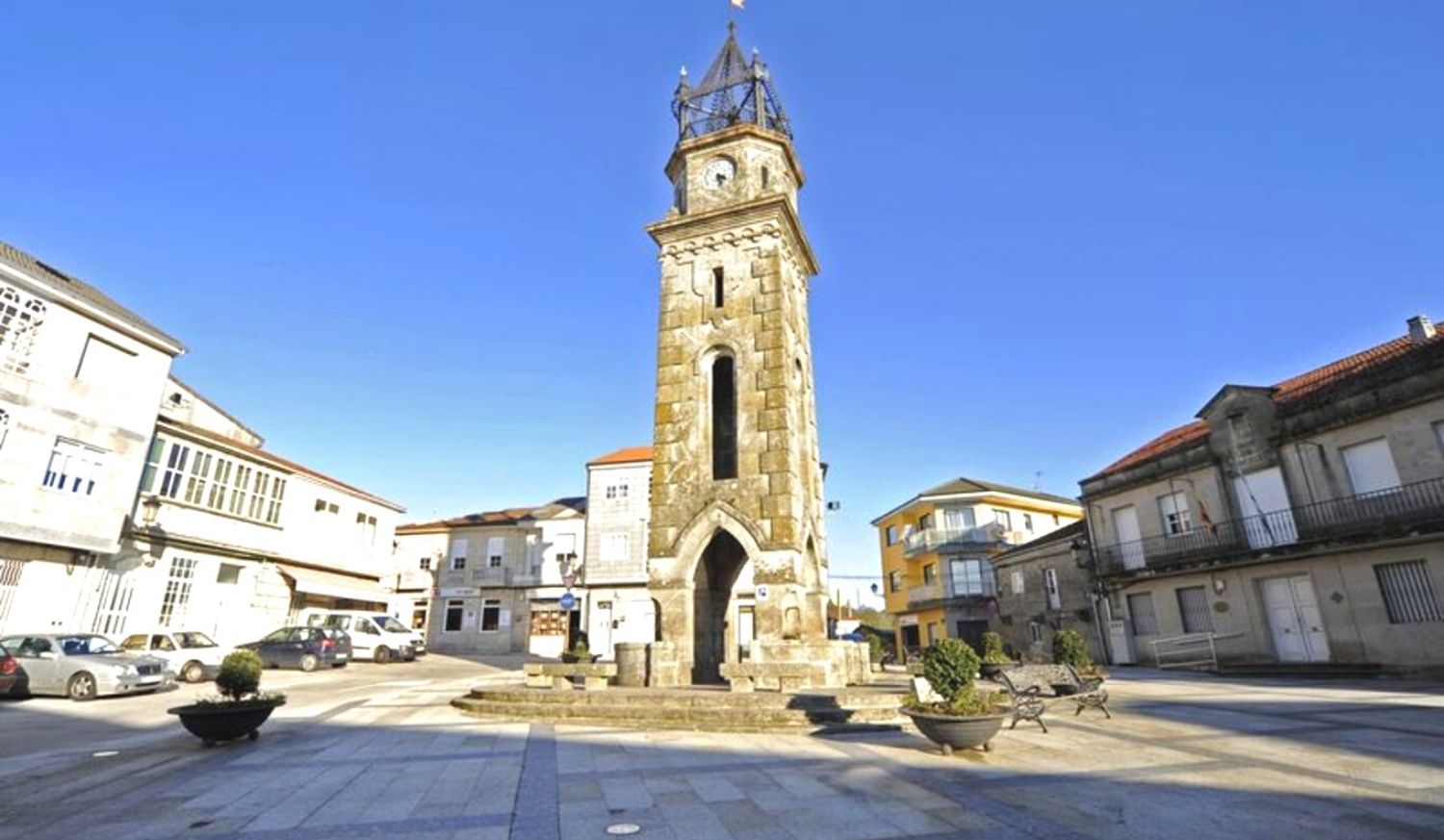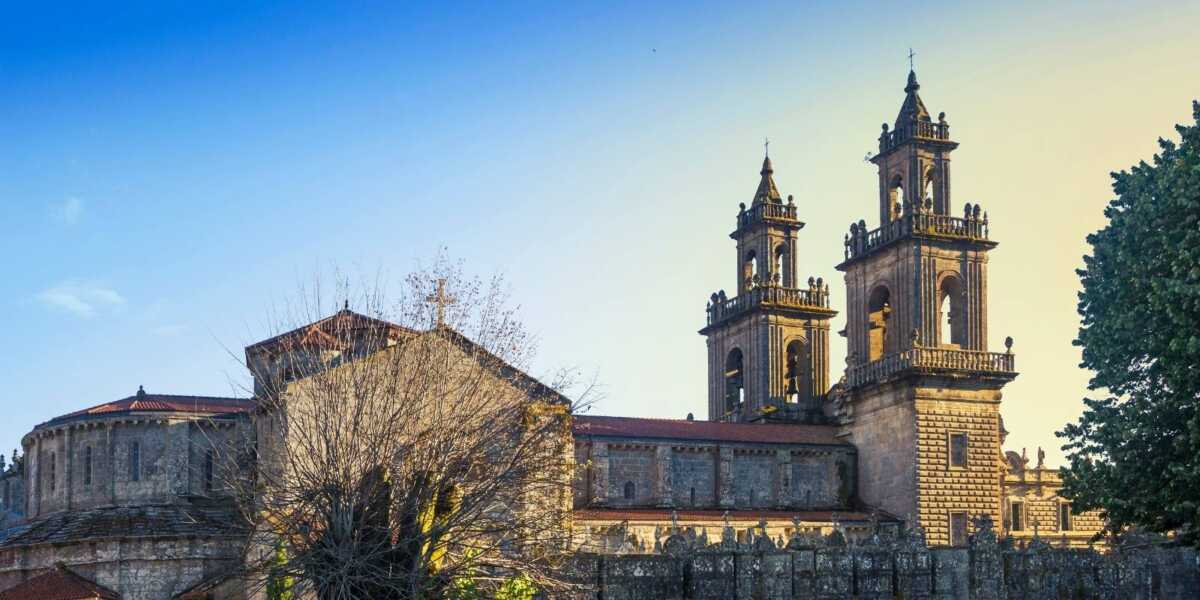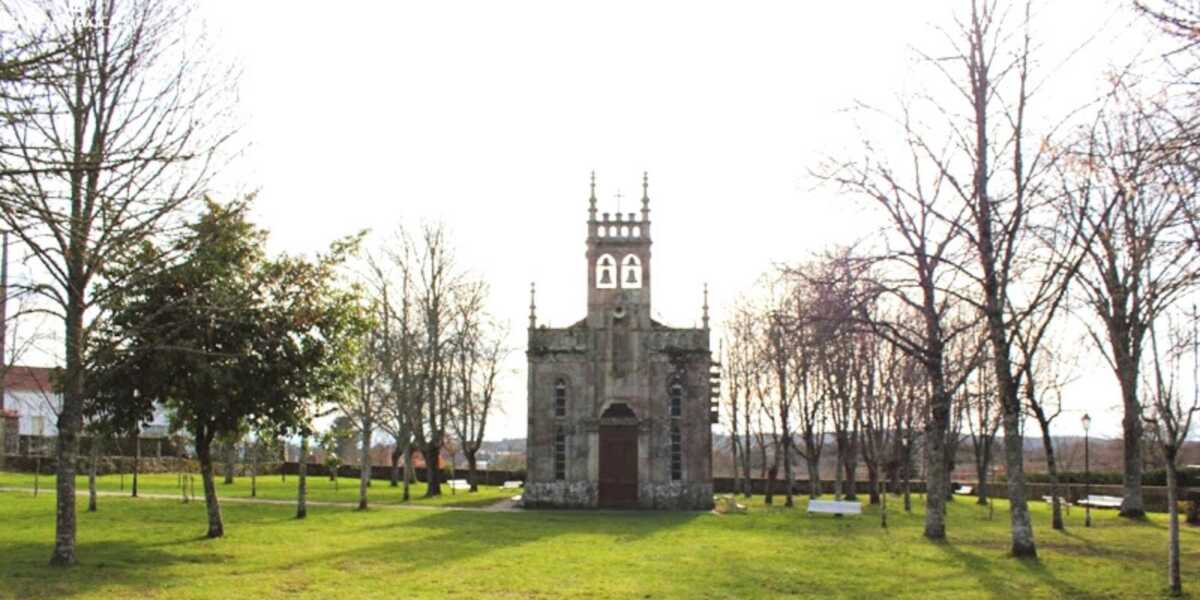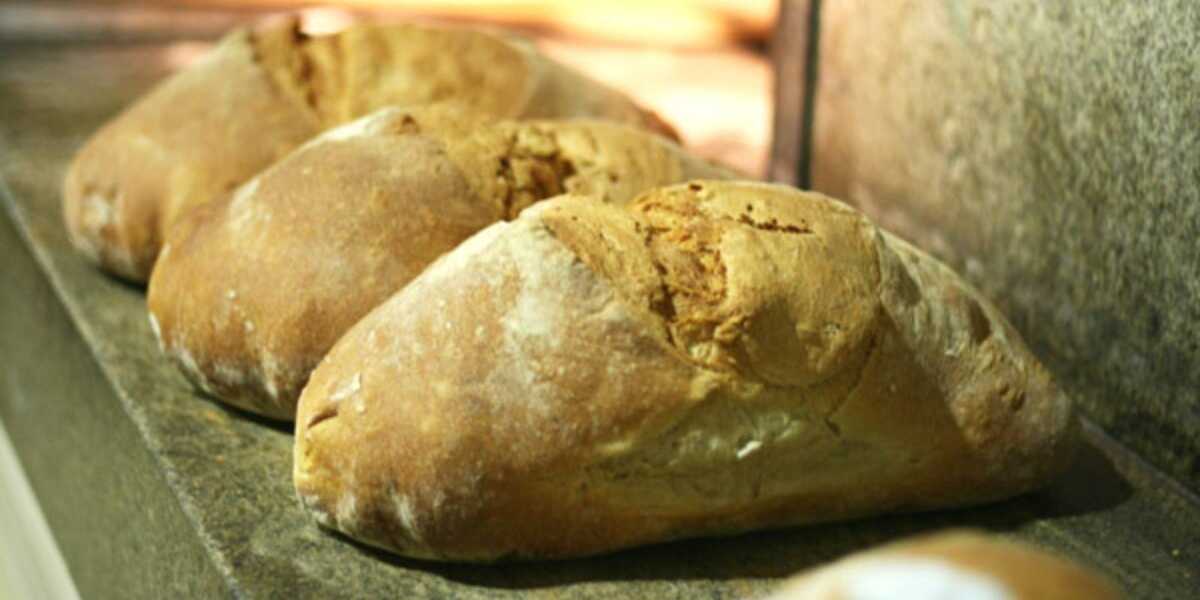
Information about Cea
This Galician town is on the Camino Sanabrés and is one of those places famous for a particular product. In our case? Pan de Cea is the main engine of the economy of San Cristovo de Cea. But it is not the only thing, since this small village has an unavoidable natural tourist attraction, as well as a series of interesting historical points adjacent belonging to the same parish.
Not surprisingly, knowing that it is a baking village, they enjoy several traditional ovens where they show how their famous wheat bread was made.
The pilgrim can not only enjoy the main attraction of this town, but also have all the necessary services for the way if you need to refuel, sleep or enjoy some of its historical and religious points of interest.
A little history
With variations of the same name throughout history, it is believed that this town has its origins in Celtic times, where the word Cea meant “wall” and “meadow”. This settlement is deduced from the pre-Romanesque forts found in the territory, but it is suspected that the history of San Cristóbal de Cea can be traced back to a million years ago, due to archaeological findings of the first men that indicate this.
What to see and do in Cea
Monastery of Oseira
This monastery dates from the second half of the 12th century and its predominant style is Romanesque-Gothic pilgrimage style. The 18th century sculptural altarpieces and the internal monastic rooms stand out. It also has a small museum in which a series of tombstones of great archaeological value are exhibited.
Chapel of A Saleta
Inevitably linked to the image of the Camino de Santiago, the Chapel of Saleta stands on the remains of a temple dedicated to San Lorenzo. According to the story, this chapel was erected in honour of the Virgin of La Salette, whose news reached this place through the pilgrims on the Way of St. James, and it houses the image of the Virgin, around which the village pilgrimage is organised.
Clock tower
Originally from the 1920s, this spiky tower with four clocks, one on each side of the tower, and four fountains in the same location, this tower once cost a quarter of the municipality’s budget, and imposingly governs the town square.
Artisan bread
Wait for it. We have saved the best for last. This wheat bread was born in the ovens of Cea in the thirteenth century, where it has been made in a traditional and artisanal way. This artisan bread has the denomination of Protected Geographical Indication, and you can visit the traditional ovens to learn a little more about this golden and crunchy delicacy.













